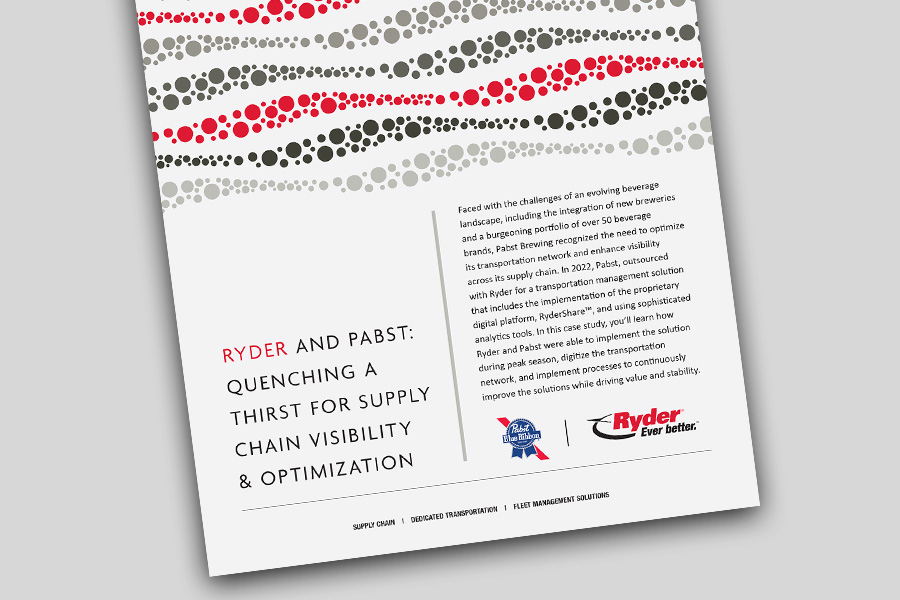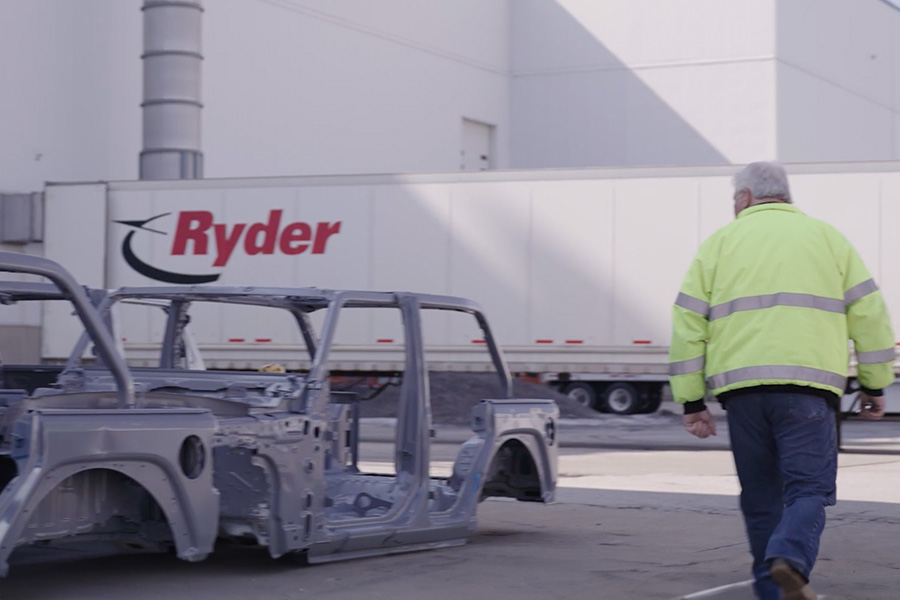Back-to-school signifies peak season has begun for supply chains, but this surge is tame compared to ramping up for the end-of-year holiday surge. Every organization needs a plan in place. If they don’t, supply chain managers – especially in retail, e-commerce, food and beverage, and CPG – will face a bumpy ride.
Even factoring in inflation, consumer spending will rise 4.5% for the 2023 peak season. Powered by increased consumer confidence, the forecast is $1.328T. This presents a mixed bag for the supply chain. While disruptions and difficulties have eased somewhat, economic conditions remain uncertain. With lingering disruptions such as the war in Ukraine, critical part shortages, plus energy crisis and natural disasters in Europe, this peak season will prove challenging for underprepared supply chain executives.
There’s still time to act. This article examines the pressures of peak season, the importance of agility in meeting challenges, the impact and importance of data and technology, and how to build more supply-chain resilience for future peak seasons.
What supply chain managers can expect during peak season
Customer expectations have never been higher for on-time delivery; increased demand and order volume increase its importance. Although manufacturing inventory levels continue to fall, retail inventory rose. Peak season presents an opportunity to offload excess, but there’s still the matter of moving it while staying profitable and satisfying customers.
Offloading inventory and keeping customers happy requires efficient transportation and supply chain solutions. While supply chain disruptions have eased, plenty of existing and potential issues could impact timely delivery.
Time to pivot: An agile strategy to meet peak season challenges
A flexible supply chain offers many advantages, but they require supply chain managers to be agile and able to make real-time adjustments on the fly. Agility requires full partner collaboration and sharing important data that can streamline processes. Data also heavily influences constructing contingency plans with predictive analytics that prepare for the unexpected. Today’s state-of-the-art supply chain widely shares as much information as possible.
Save money and time by leveraging data and predictive analytics
If you’re not using data to direct decision making, you’re just guessing. Data allows more confident decisions and a proactive mindset. Data can also save you money by predicting customer behavior, future demand and provide insights to help your supply chain target potential cost savings. Inventory is optimized, lead times shrink, and supplier performance improves.
Predictive analytics use historical data to predict future outcomes, and can optimize routes to reduce transportation costs, offering actionable insights for steps like service level downgrades and consolidation opportunities that save money.
Embrace technology to enhance efficiency
The modern supply chain relies on innovative technology. Implementing a digital platform that integrates with your Transportation Management Systems (TMS) and Warehouse Management Systems (WMS) is key for an efficient, seamless, end-to-end supply chain. Providing an all-in-one solution offers complete visibility.
Technology automates routine tasks to optimize resources and facilitates robust communication and stakeholder collaboration. You can leverage data to improve agility for peak season and beyond.
By integrating a digital platform like RyderShare™, you can track every shipment in real time, which lets you:
- Monitor assets and vehicles
- More effectively manage inventory
- Optimize routes
- Increase warehouse distribution and operational efficiency
- Improve customer experiences
Looking ahead to 2024
The best teacher is experience. Because you don’t know what 2024 will hold, it is essential to learn from the past. This entails conducting a thorough post-peak season analysis with supply-chain and transportation logistics data gathered during 2023 peaks. You’ll identify supply chain successes and failures, identifying strengths, weaknesses, opportunities, disruptions, and threats.
Collect feedback from all stakeholders, including relevant in-house departments. Using collected data and your TMS analysis, you can establish a timeline to implement changes before peak 2024 arrives.
Building resilience
Supply chain resilience is defined as the capacity to withstand or recover quickly from difficulties. This characteristic marks the successful supply chain – one optimized for both effectiveness and cost. In the context of your supply chain, what does that mean? Embrace the Boy Scout motto: Be prepared.
Building resilience for future peak seasons means investing in workforce training and readiness, technology adoption, and continuous improvement. Look closely at your supplier network; diversify if the data recommends it. Diversifying your transportation partner network is also vital. It reduces risk and boosts resilience in the face of disruptions and market fluctuations. Resilience requires outlining options and choosing the correct one.
Peak seasons create unavoidable challenges. However, they can be managed with an agile, data-centered approach that utilizes technology to provide high visibility and enable resilience. As supply chains and transportation logistics evolve, it’s the proactive, flexible supply chain manager who will succeed by leveraging data from mistakes and triumphs to build a resilient supply chain that can weather even the trickiest peak season.




